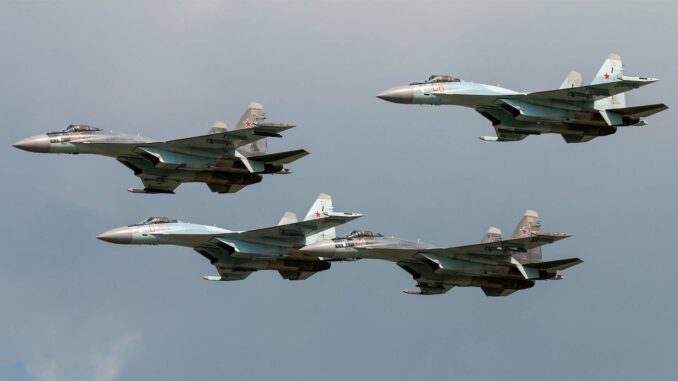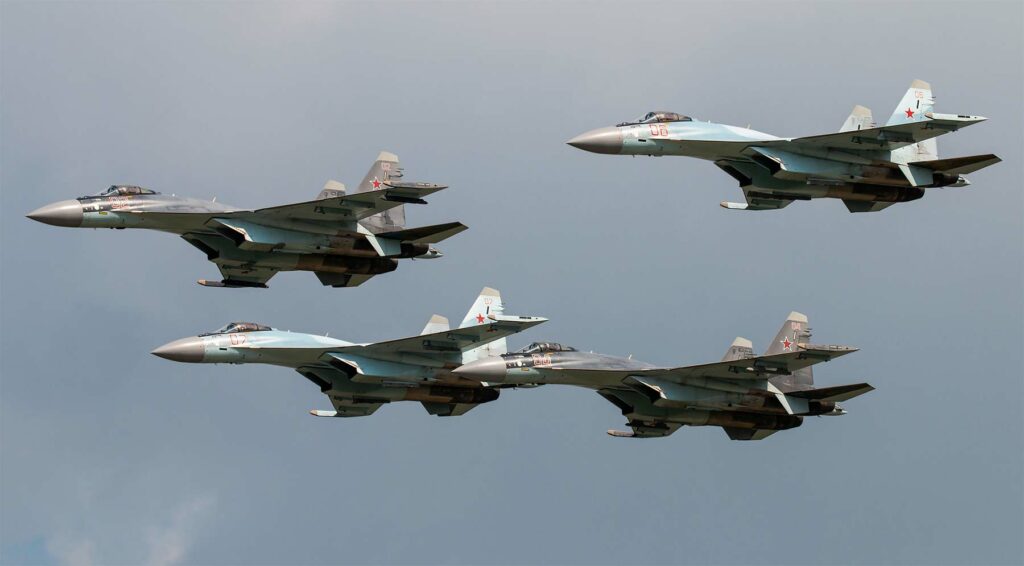
The entry of six Chinese and Russian aircraft into South Korea’s air defense zone provokes an immediate military response.
Last Thursday, South Korea deployed fighter jets in response to the entry of six Chinese and Russian military aircraft into its Air Defense Identification Zone (KADIZ). Two Chinese and four Russian aircraft were detected near South Korea’s east coast, a move that is not unprecedented and raises important questions about regional security, international relations and air law standards.
South Korean ADIZ Violation: A Deliberate Maneuver?
Two Chinese and four Russian aircraft penetrated the KADIZ on Thursday afternoon, triggering a swift response from South Korea. Although the aircraft did not violate South Korean territorial airspace, their presence in the KADIZ was notable. The aircraft were detected and tracked, and South Korean fighter jets were mobilized in response. This intrusion raises questions about the intentions and implications of this action by Russia and China, two major players on the international scene.
This incursion into the KADIZ is not an isolated event. Similar incidents have occurred in 2019, leading to a significant escalation in tensions. Russia does not recognize South Korea’s KADIZ, while China asserts that all nations should enjoy freedom of movement in this zone, which is not territorial airspace. These incidents are part of a broader context of military maneuvers and demonstrations of force in the Asia-Pacific region.

Consequences of Air Intrusion on Regional Security
The repeated entry of Chinese and Russian military aircraft into the KADIZ has profound implications for regional security. It highlights the growing tensions in the region and the need for South Korea to maintain a robust defense posture. These incursions can be interpreted as attempts to test South Korea’s response capabilities and challenge the established security order in the region.
Other Strategic Considerations
Beyond regional security, these incursions raise questions about international law and air sovereignty. The absence of international laws governing ADIZs raises challenges in terms of air incident management and communication between nations. These events also highlight the complex nature of relations between the major powers in the Asia-Pacific region.
The entry of Chinese and Russian military aircraft into South Korea’s KADIZ is a significant event that highlights the security and diplomatic challenges in the region. While South Korea continues to respond with vigilance, this incident highlights the complexity of international relations and the need for careful strategic and diplomatic management to maintain regional stability.
War Wings Daily is an independant magazine.